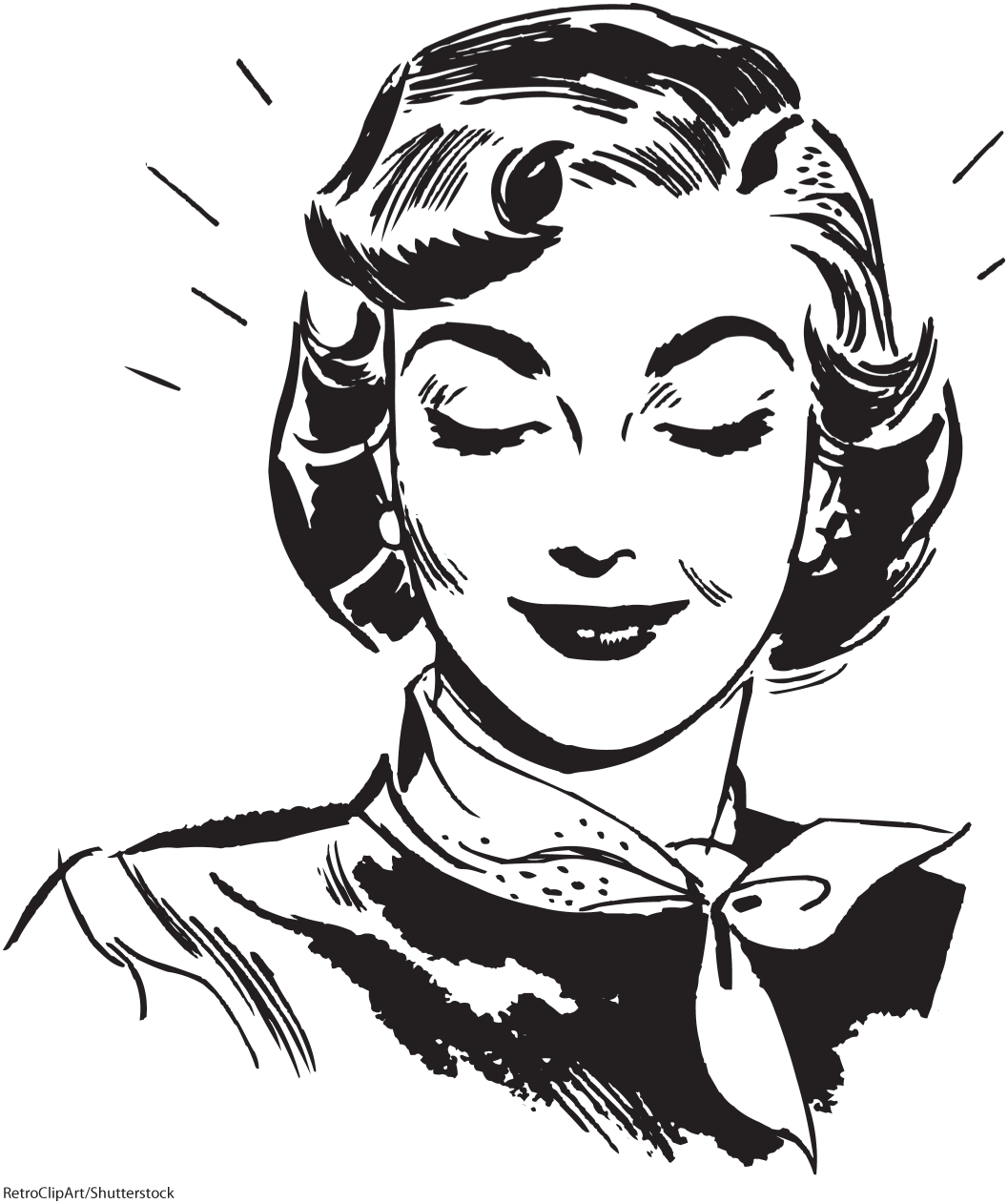Chapter 10. Tutorials on Reading Visuals
Introduction
Reading Visuals: Sequence
© 2018 Macmillan Learning
Sequence: Define
We understand history to be a series of prior events occurring one after the other. Historians and documentary filmmakers call this sequentiality.
Sequence: Define
In animated visual texts—movies, commercials, or music videos, for example—the juxtaposition of images or scenes conveys shifts in time, place, or point of view.
People who compose such texts often use storyboards to sketch out the sequence of scenes before they ever shoot a minute of film. These stills exist as sketches before the author creates the finished film.
Sequence: Define
Credit: Cheryl Ball
In many Web 2.0 texts, such as this Twitter feed that documents the preparation and fundraising for a 125-mile bicycle ride, the reverse-chronological (the most recent first) sequence of tweets is shown through date and time stamps for each post. Users of Twitter understand this sequence as useful because the newest information is the most immediate at hand.
Sequence: Analyze

Credit: © Will Burdette
To break down a visual text by its sequence, we analyze the order in which images or scenes are presented as well as the significance of their juxtapositions (what we see before and after). Here, we have a close-up of a man’s face, followed by a graph with a squiggly line. We assume the second shot is from his point of view. But why is not he reacting as the graph changes? The lack of a reaction creates a sense of anticipation.
Sequence: Analyze

Credit: RetroClipArt/Shutterstock
Sequence isn’t the only concept that can be used to analyze a text. For example, you might also want to think about how color and framing are used to tell a story effectively. In any kind of analysis, it’s a good idea to begin with a detailed description of the image, shot, or scene. This woman seems like she’s happy. It looks like she’s having a private thought; we can tell this because she’s gazing downward, away from the viewer. Her hairstyle, neck scarf, and the retro feel of the black-and-white image suggest it is the 1950s or 1960s.
Sequence: Analyze

Credit: RetroClipArt/Shutterstock

Credit: RetroClipArt/Shutterstock
After viewing the first image, what—or whom—did you expect to see? What is this man’s relationship to the woman? Is she thinking about him? Is he flustered?
Sequence: Analyze

Credit: RetroClipArt/Shutterstock

Credit: RetroClipArt/Shutterstock

Credit: RetroClipArt/Shutterstock
How would you interpret this sequence? Perhaps the first woman flirted with the man, and then the man called his wife to tell her all about it.
Sequence: Analyze

Credit: RetroClipArt/Shutterstock

Credit: RetroClipArt/Shutterstock

Credit: RetroClipArt/Shutterstock
The story looks a lot different if the sequence of images changes. For instance, what is the effect if the second figure is the woman on the phone?
Sequence: Respond
The following assignment focuses on sequence in a clip from a classic zombie movie, George A. Romero’s Night of the Living Dead (1968). In this scene, Ben (Duane Jones), Harry (Karl Hardman), and Helen (Marilyn Eastman) attempt to barricade themselves from the zombies outside. The power goes out, and Harry and Ben struggle for control of a rifle. View the clip, paying attention to the sequence of shots as well as the significance of their juxtapositions.
Sequence: Respond
Use the space below to answer the following questions.
Sequence: Respond
Use the space below to answer the following questions.
Sequence: Respond
Use the space below to answer the following questions.